April/ May 2013
How to Manage a Business in Uncertain Times
With an economy that apparently can’t decide whether or not it’s recovering — in December, the Federal Reserve forecast economic growth for 2013 at 2% to 3.2%, with unemployment at 6.9% to 7.8% — ongoing gridlock and gamesmanship in Washington, and political and economic uncertainty in many other parts of the world, you might want to simply postpone major business decisions. After all, why not wait until the forecast is, if not better, at least a little clearer?
Why you shouldn’t wait
As tempting as the idea of putting off the inevitable may appear, it doesn’t make sense to put decisions and investments on hold indefinitely. In fact, doing so can lead your business into a downward spiral. Chances are, your competitors are figuring out how to take advantage of uncertainty and they’re moving forward. So, standing still really means moving backward.
What’s more, it may be wishful thinking to expect that the uncertainty will vanish or even appreciably diminish. Some observers contend that today’s rapid pace of change and continued uncertainty are likely to become a way of life. As economist Joseph Schumpeter observed more than 70 years ago, “Capitalism, then, is by nature a form or method of economic change and not only never is but never can be stationary.”
Leading in uncertain times
To succeed, business executives and owners must become comfortable leading amid change. That means developing processes that are agile and resilient, rather than fearful and fragile. It also requires making decisions that incorporate both the organization’s strategy and its goals, as well as the uncertainty within which it operates. Here are six guidelines that can get you on track:
1. Be curious. To determine where your company might be headed, identify the demographic, technological, cultural and other changes occurring outside your company, and possibly outside your industry and traditional markets.
2. Assess how those changes might impact your industry and organization. For example, while it’s impossible to know exactly how the United States will look in 20 years, the trends toward a more ethnically diverse and older population have been well documented.
3. Gain insight on how to succeed in today’s world. In addition to your leadership team, talk to employees at all levels and from across departments. Network with peers at companies within and outside your industry.
4. Figure out what you know. The business world is constantly changing, so you need to change with it. Soak up as much information as you can through trade journals and trade association gatherings.
5. Challenge your assumptions. Given the pace at which change is occurring, strategies and tactics that worked in the past may not work in the future. As markets, technology and industries advance, you must determine whether your current plans are still relevant. If they aren’t, determine how the company can stay ahead of the competition and, as Nike puts it, “Just do it.”
6. Focus on flexibility, agility and resilience. In times of uncertainty, company leaders and employees need to operate flexibly, agilely and resiliently. That often requires continually asking some “what if” questions and planning for a range of scenarios. For instance, what if you had a significant breakdown in your supply chain operation? What if a major customer entered bankruptcy? What if your banking partner tightened its credit standards?
Examining questions like these on a regular basis can help you act prudently, rather than rashly. For example, by identifying the expenses that could be cut before you actually need to start chopping, you’ll be less likely to ax programs or projects that might help your company down the road. Assessing the impact of tighter credit conditions before they occur should provide more time to hunt for alternative sources of funding.
Identify needed action steps
Once you’ve examined the challenges and opportunities facing your organization, outline the steps you’ll take to address them. This may mean adjusting your strategy to account for changes in your market, or developing new tactics to reach increasingly diverse customer groups.
Communicate honestly and promptly
Especially in uncertain times, employees need to know how the company is doing and their role in its performance. While you don’t want to gloss over or ignore the threats that may face your business, convey the opportunities ahead and the role that employees can play in helping the organization take advantage of them. •
Recessionary success stories abound
It may seem foolhardy to launch a new product or start a company when the economy is wavering, but that’s exactly when a number of highly successful products and companies got their start. Apple introduced its first iPod in October 2001, in the midst of a troubled economy and just weeks after the Sept. 11 attacks. Microsoft developed its software business during the recession of the mid-1970s. In 1973, FedEx (Federal Express back then) began operations, at almost the same time as the Arab oil embargo.
Going back several more decades, cosmetics giant Revlon got its start by offering a new type of nail enamel during the Great Depression. Its revenue for 2012 topped $1.4 billion.
This material is generic in nature. Before relying on the material in any important matter, users should note date of publication and carefully evaluate its accuracy, currency, completeness, and relevance for their purposes, and should obtain any appropriate professional advice relevant to their particular circumstances.
Share Post:









